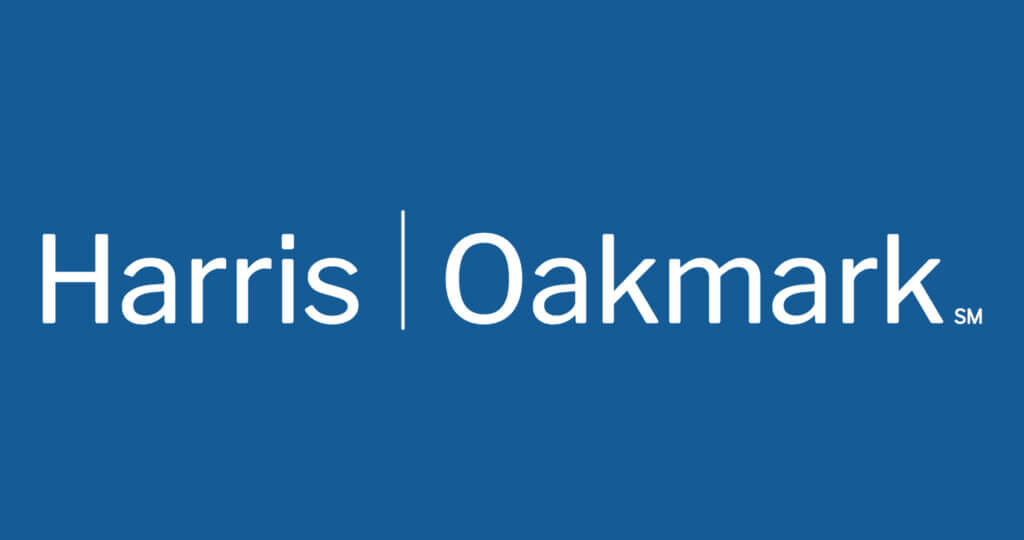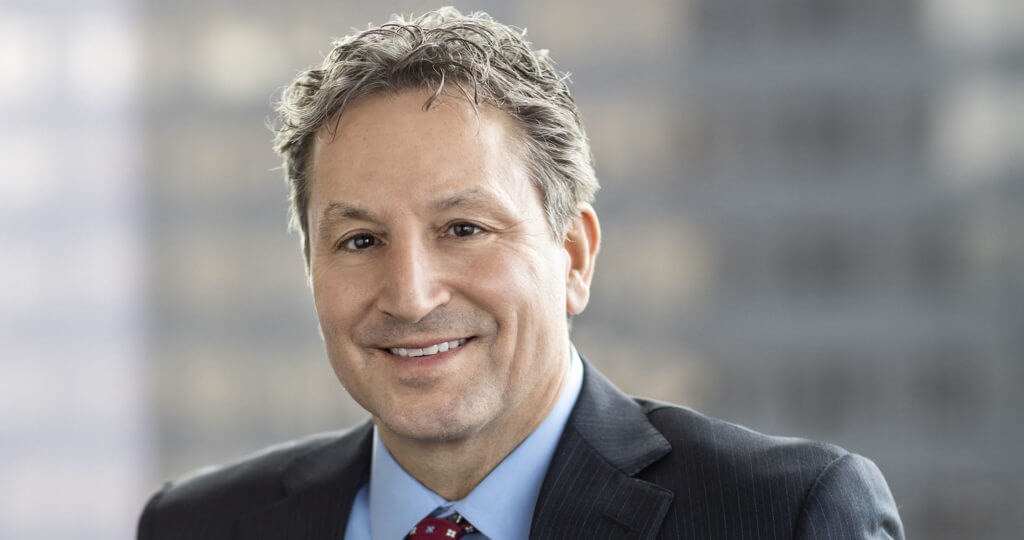Oakmark International Small Cap Fund - Investor Class
Average Annual Total Returns 09/30/16
Since Inception 11/01/95 9.23%
10-year 3.37%
5-year 8.86%
1-year 6.66%
3-month 8.48%
Gross Expense Ratio as of 09/30/15 was 1.35%
Past performance is no guarantee of future results. The performance data quoted represents past performance. Current performance may be lower or higher than the performance data quoted. The investment return and principal value vary so that an investor’s shares when redeemed may be worth more or less than the original cost. The performance of the Fund does not reflect the 2% redemption fee imposed on shares redeemed within 90 days of purchase. To obtain the most recent month-end performance data, view it here.
The Oakmark International Small Cap Fund returned 7% for the fiscal year ended September 30, 2016, underperforming the MSCI World ex U.S. Small Cap Index, which appreciated 14% for the same period. For the recent quarter, the Fund returned 8%, slightly outperforming the MSCI World ex U.S. Small Cap Index, which returned 8% for the period. Since the Fund’s inception in November 1995, it has returned an average of 9% per year.
The top contributor for both the quarter and fiscal year was Konecranes, a Finnish company that specializes in the manufacturing and servicing of cranes, such as workstation cranes, industrial cranes, and cranes for shipyards and ports, as well as other lifting equipment. The company produces one out of every ten of the world’s cranes, and it sells primarily to industrial companies and to harbors and shipyards around the world. In addition, Konecranes is a global leader in maintenance, inspection and repair services.
In August 2015, a merger was announced that would bring together Konecranes and Terex, the #1 and #2 players in the industrial-lifting equipment business and two of the largest players in port cranes and equipment. Terex also has a number of businesses unrelated to Konecranes. However, in May 2016, it was announced that Konecranes was instead going to acquire the Material Handling & Port Solutions (MHPS) division of Terex without acquiring the unrelated businesses. This was the desired outcome a year ago when negotiations began with Terex, but Terex’s management at the time was unwilling to sell the MHPS business on its own. After news of the MHPS acquisition, Konecranes’ share price rose 18%. We believe this is a very attractive transaction for Konecranes as there are significant cost synergies, and it will allow Konecranes’ Service business to harvest the installed base of Terex’s MHPS. Konecranes also delivered positive second quarter results in July 2016, as earnings in its Service segment and its Equipment segment exceeded market estimates. We like that the company’s cost-savings program helped to improve gross margins and lower fixed costs, subsequently improving margins during the quarter. We’ve spoken with the new CEO several times since he joined the firm less than a year ago, including most recently in August 2016. He’s demonstrated a strong attention to detail, a hands-on approach to the business, an understanding of how value is created and a clear view of where he wants to take Konecranes. We appreciate management’s efforts to restructure the company and grow the Service business, which should lead to significant improvements in the earnings potential of the company.
The largest detractor for the fiscal year was Countrywide, the U.K.’s largest real estate agency group. As we discussed in our last letter, businesses that were exposed to the U.K. real estate market were the prominent detractors to Fund performance in the second quarter. Following the Brexit vote in June 2016, Countrywide shares fell 30% by the close of the month. Since then, there has been a modest decline in real estate transactions outside of London and a larger decrease in London as consumers remain reluctant to make large, life-changing decisions in such an environment. The trading atmosphere has weakened over the past three to four months and has resulted in downward revisions to Countrywide’s near-term earnings estimates. However, in our view business value is not determined by what Countrywide will earn over the next 24 months, but rather the cash flow the business will generate over the next 50 years. We continue to believe the U.K.’s decision to exit the European Union has little long-term impact on the normalized levels of transactional activity in the housing market, which is more driven by population trends and household formation. We think Countrywide remains a compelling investment on a long-term basis.
One of the largest detractors for the quarter was another U.K.-based company, Regus, a global flexible workplace provider that serves more than two million customers in 2,800 locations across 900 cities in 106 countries. During the past quarter, the company released its results for the first half of 2016, which were ahead of estimates mainly due to better-than-expected benefits from reorganization. However, the company may be facing a couple of risk factors, including a recession in the U.K. that could reduce demand for office space, a correction in the U.K. real estate market and a weakening economic environment in Europe. On the positive side, the uncertainty in the marketplace could be a tailwind to flexible space providers and could help in rent negotiations, as well as in forming additional capital-light partnerships. The main reason for the decline in share price during the quarter was that Mark Dixon, the CEO and the largest shareholder of Regus, sold shares representing 4% of the company’s total issued ordinary shares. Our discussions with the company indicate that Dixon wanted to increase the diversity of his assets. He will still own 27.7% of the shares of Regus, and his economic interests remain strongly aligned with shareholders. Due to its strong fundamentals and positive first half 2016 results, we continue to believe that Regus offers an attractive opportunity.
There was one new security purchased in the Fund this quarter. Hays, which is headquartered in the U.K., is a worldwide provider of permanent and temporary recruitment and human resource services, employing over 9,000 staff across 33 countries. Hays conducts its business across a wide range of industries, including accountancy and finance, construction, information technology, financial services, education and energy, and oil and gas, among others. During the quarter, the Fund sold out of Saft Groupe, Davide Campari, Kansai Paint, Premier Farnell and Prysmian.
Geographically, we ended the quarter with 58% of our holdings in Europe, 22% in Asia and 12% in Australasia. The remaining positions are in North and Latin America.
We still maintain hedge positions on two of the Fund’s currency exposures, and as of the quarter end, 12% of the Australian dollar and 27% of the Swiss franc exposures were hedged.
Thank you for your continued confidence.
The holdings mentioned above comprise the following percentages of the Oakmark International Small Cap Fund’s total net assets as of 9/30/16: Konecranes Plc 4.1%, Terex Corp 0%, Countrywide PLC 1.3%, Regus PLC 3.0%, Hays PLC 0.5%, Saft Groupe SA 0%, Davide Campari-Milano SPA 0%, Kansai Paint Co., Ltd. 0%, Premier Farnell PLC 0% and Prysmian SpA 0%. Portfolio holdings are subject to change without notice and are not intended as recommendations of individual stocks.
Click here to access the full list of holdings for The Oakmark International Small Cap Fund as of the most recent quarter-end.
The MSCI World ex U.S. Small Cap Index (Net) is a free float-adjusted market capitalization index that is designed to measure global developed market equity performance, excluding the U.S. The MSCI Small Cap Indices target 40% of the eligible Small Cap universe within each industry group, within each country. MSCI defines the Small Cap universe as all listed securities that have a market capitalization in the range of USD200-1,500 million. This benchmark calculates reinvested dividends net of withholding taxes using Luxembourg tax rates. This index is unmanaged and investors cannot invest directly in this index.
The stocks of smaller companies often involve more risk than the stocks of larger companies. Stocks of small companies tend to be more volatile and have a smaller public market than stocks of larger companies. Small companies may have a shorter history of operations than larger companies, may not have as great an ability to raise additional capital and may have a less diversified product line, making them more susceptible to market pressure.
The percentages of hedge exposure for each foreign currency are calculated by dividing the market value of all same-currency forward contracts by the market value of the underlying equity exposure to that currency.
Investing in foreign securities presents risks that in some ways may be greater than U.S. investments. Those risks include: currency fluctuation; different regulation, accounting standards, trading practices and levels of available information; generally higher transaction costs; and political risks.
The discussion of the Fund’s investments and investment strategy (including current investment themes, the portfolio managers’ research and investment process, and portfolio characteristics) represents the Fund’s investments and the views of the portfolio managers and Harris Associates L.P., the Fund’s investment adviser, at the time of this letter, and are subject to change without notice.







